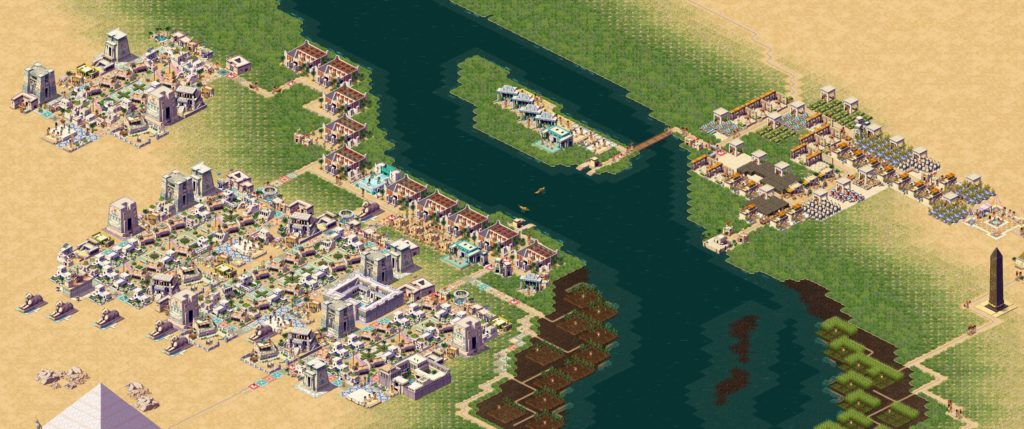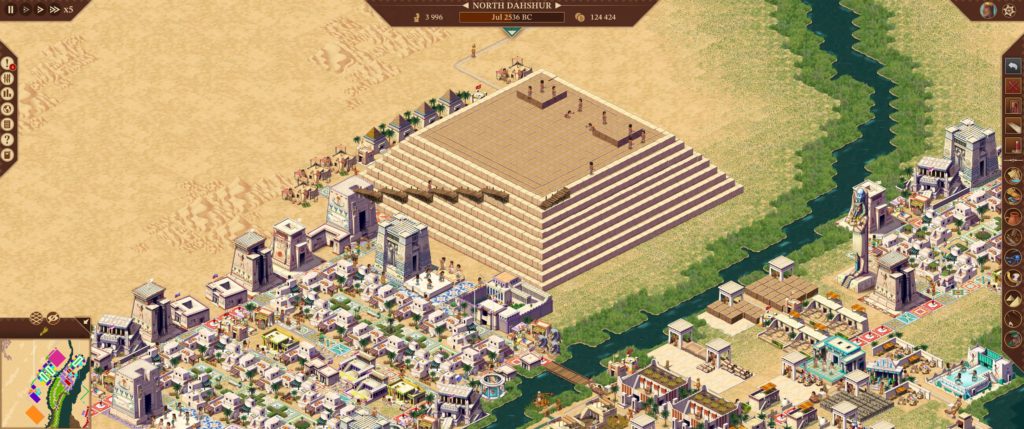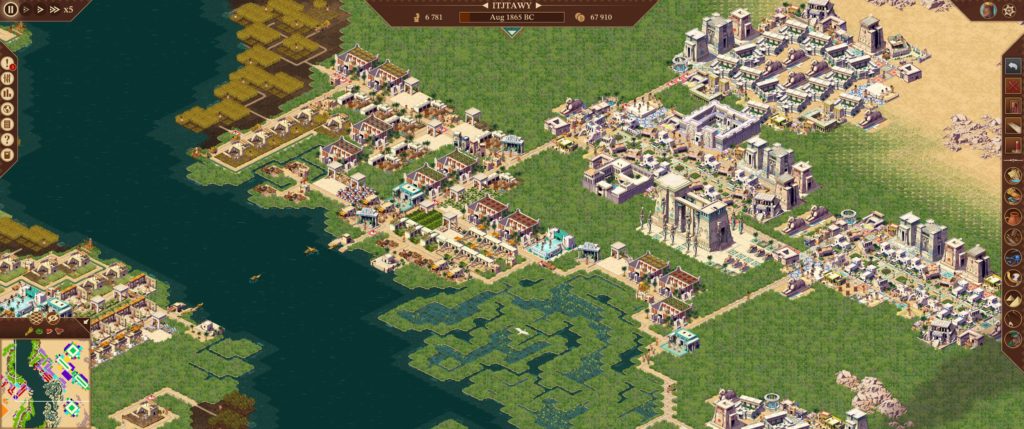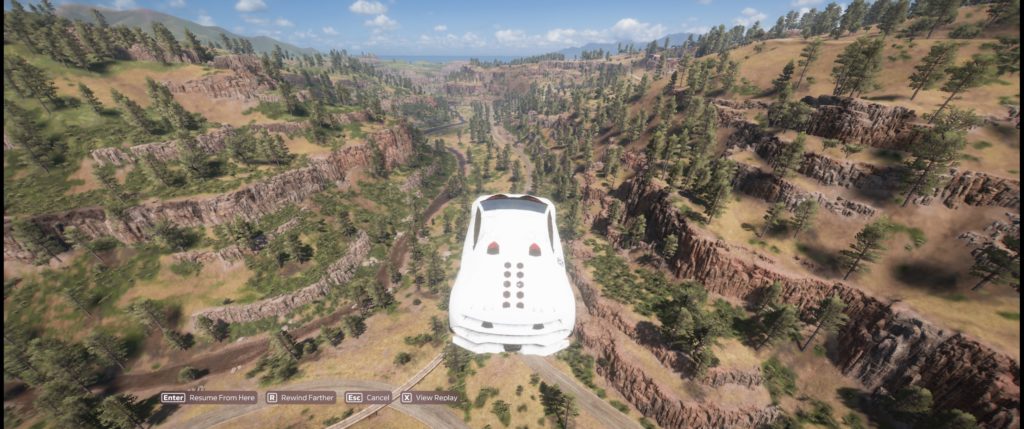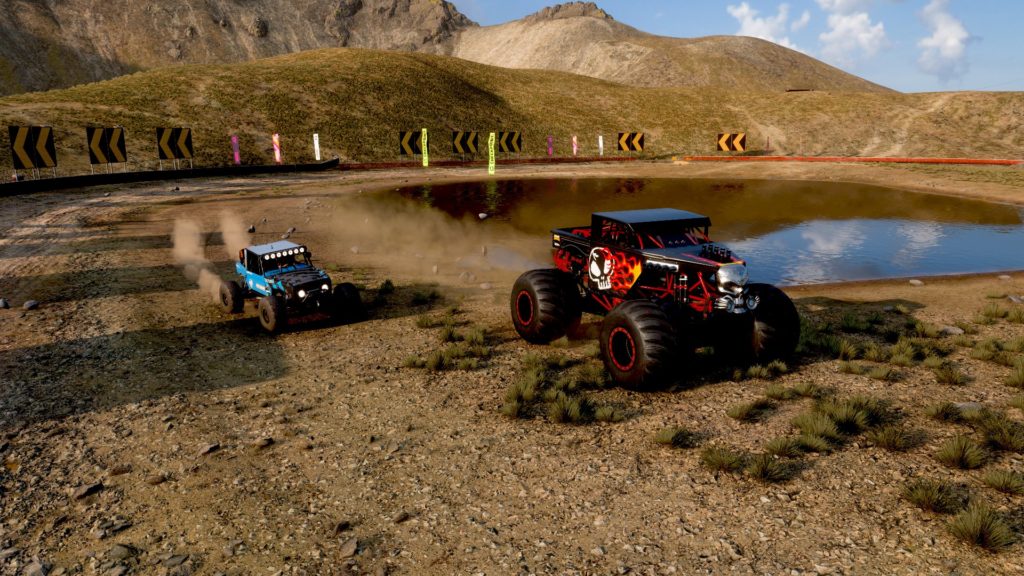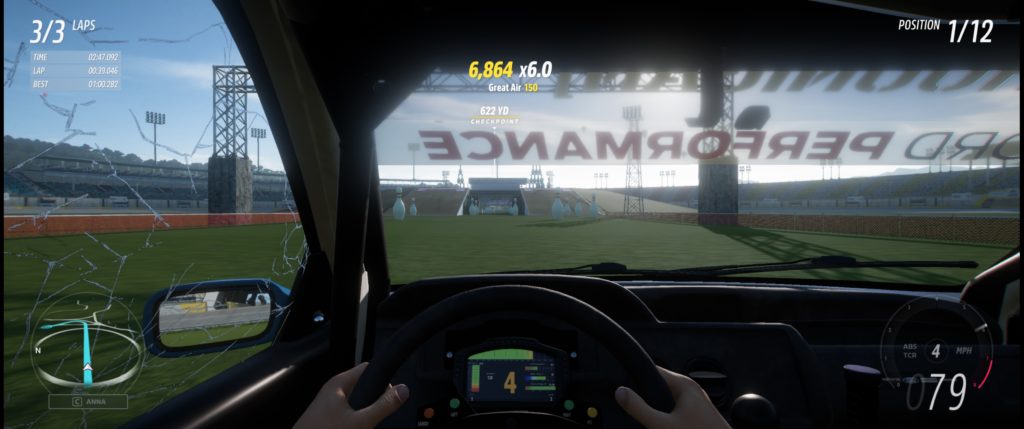- Genre: MMORPG
- Platform: PC
I’ve been playing mostly the same main since Wrath of the Lich King – a hunter. I’ve played all three specs at various points, including a run for a while raiding as melee survival. For the past couple of expansions though I’ve settled back into playing Beast Mastery. The War Within in a lot of ways feels like a continued push for Blizzard to allow me to play the game in a way that best suits my current capabilities – limited time because of work and kids and really a lack of time to dedicate to high end playing. However, that has come with some early oddities in terms of playing as a hunter.
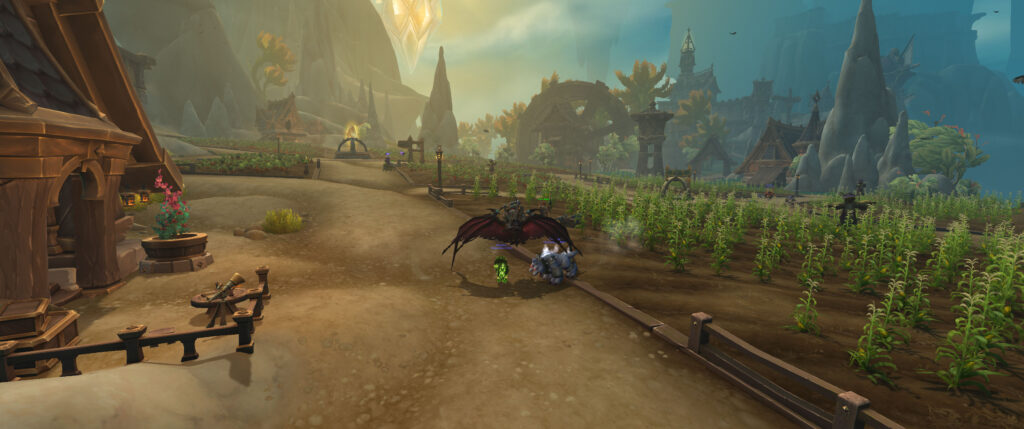
From a surface level, this expansion really pushes you to play in a way that best fits your lifestyle. The main story line is segregated from other quests in a very obvious way, so you can simply run that. Dungeons are still there so you can simply run those. Follower dungeons where you run normal difficulty dungeons with AI allow you to get the dungeon experience in a less public and more digestable format. The new Delves system brings back a system similar to the Pandaria Scenarios with difficulty scaling that looks like it’s going to continue throughout the expansion. Basically, there’s a lot of options in how you want to play that support any sort of play style.
Delves are probably the thing I was most excited about because they gave me something tied to a dungeon-like experience, but without the need to queue and deal with PUGs in what will ultimately be limited hours to play the expansion. Early runs through all of them show a tremendous amount of promise as there’s a nice mix of objective-based gameplay and normal pack killing, combined with the Brann Bronzebeard AI helper to provide healing for me. Some of the delves slot into the overall story arc of the expansion similar to how dungeons have always kind of existed near the end of story beats. Some of them simply exist to thematically exist within areas. They all feel like they are meant to be there as smaller dungeon experiences, rather than simply replacing existing planned dungeons. However, as difficulty increased and as I hit level 80 some scaling and class-specific issues started to really show up.
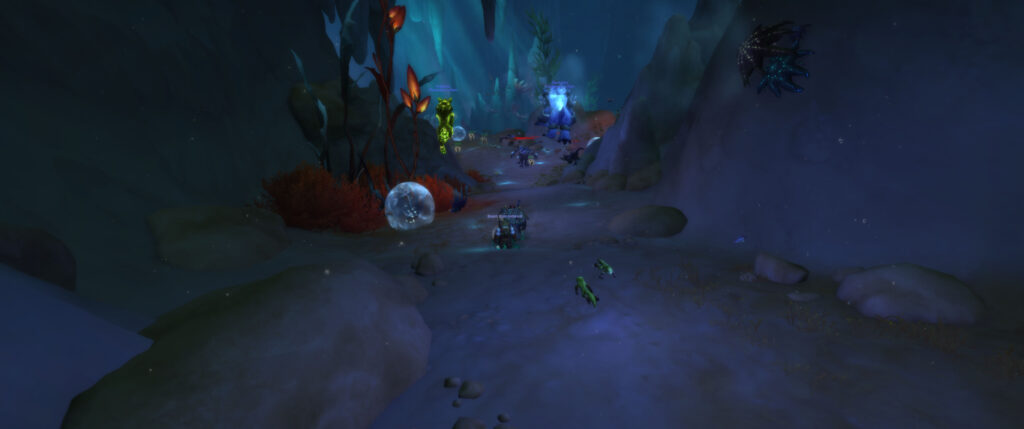
Scaling is definitely one of the biggest issues that I’m running into this expansion. I would say from about level 70 to 78 the game was easy easy. Part of that was coming in with gear that I didn’t really replace until about level 75, but part of it was just that it was easy. I could easily kill mobs in a couple of hits, so I was never really getting into any sort of rotation. Elite mobs generally didn’t require me to even heal my pets, let alone do anything other than face roll. Around level 79 things started to feel suddenly appropriate. At 80, it’s like a flip was switched. Delves that I was previously clearing without issue were suddenly rapidly killing me. Non-elite world mobs in level 80 areas were in some cases near unkillable if I got more than two or three leashed to me. It all really caught me off guard.
What it feels like to me is that the automatic scaling system was not given enough testing at lower levels and potentially given too much testing at level 80 with instance gear. For someone that is going to exist on the fringes of gear quality, it does not encourage me to go into the current systems at max level. World quests in these high level areas are fine now with a lot of people playing, but I can imagine they will become frustrating as server populations naturally drop past early expansion stages. Delves giving me trouble now will not be something I want to continue doing when higher level difficulties open up in a few weeks.
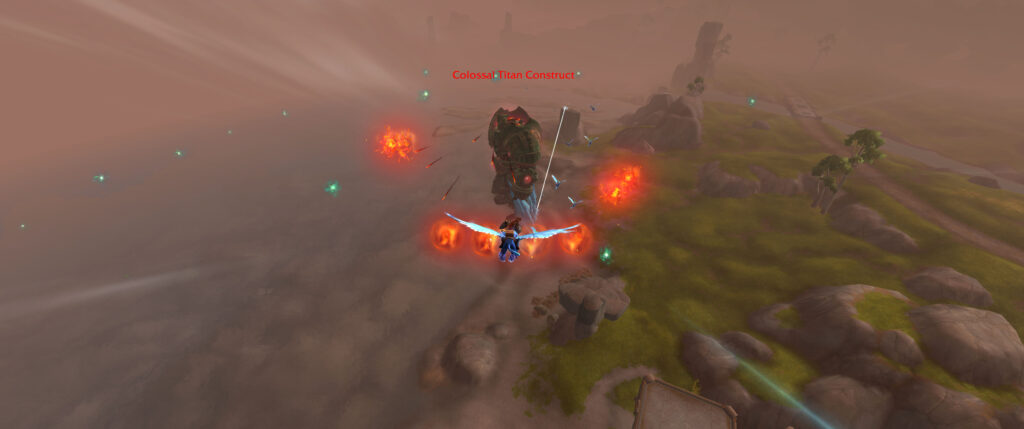
Some of this comes down to just weird scaling, but part of it also feels like class issues for soloing content. There’s really two main issues for me – pet threat and lack of AoE – that are really hampering the level cap experience. Ultimately I guess pet threat is the big issue here, in so much as my pets just cannot hold NPC focus which ends up being a huge issue for high end delves. One of the theories I’ve seen floated around is that the Stomp talent is actually redirecting threat to the hunter instead of the pets, and it wouldn’t surprise me very much. It seems like no matter what I do my pets will not keep focus in packs of enemies, so I spend a lot of time in the current tier 3 delves not doing DPS and instead feigning death or running around to save Brann from pulling the pack. This is somewhat exacerbated by Misdirection now being a talent that is tough to justify speccing into over other options on BM hunters. This is even more exacerbated by the lack of AoE damage – and in particular AoE damage that triggers threat generation by the pets. It all leads to a situation where the class mechanic decisions that have been made for this expansion really just reduce the ability to solo content as a BM hunter that should be soloable.
All that being said, the leveling experience and story quest line experience was a lot of fun. Each zone has a very distinct feel to it. The starting area Isle of Dorn is a normal wide open WoW zone to get you situated with the new Earthen race. The second area – The Ringing Deeps – is a huge underground mine that features some of the more fun use of sky riding for me with height being such a constraint in a lot of situations. Hallowfall is a huge human zone that would feel right at home in Classic Alliance areas – even if it comes with some really confusing Arathi civilization timeline stuff. Azj-Kahet then finishes up the base story with a zone that feels like a fulfilled promise of what the Wrath Nerubian areas started to tease. Each area feels like some WoW zone that’s come before, but done to a degree of iterated polish that hasn’t been seen before. I suppose after 20 years that isn’t a huge surprise, as there’s not going to be a whole ton of completely unexplored area left. However, the promise of the expansion is that we’re going to be interacting with the very soul of Azeroth, so I suspect we’re simply waiting on the really weird stuff.
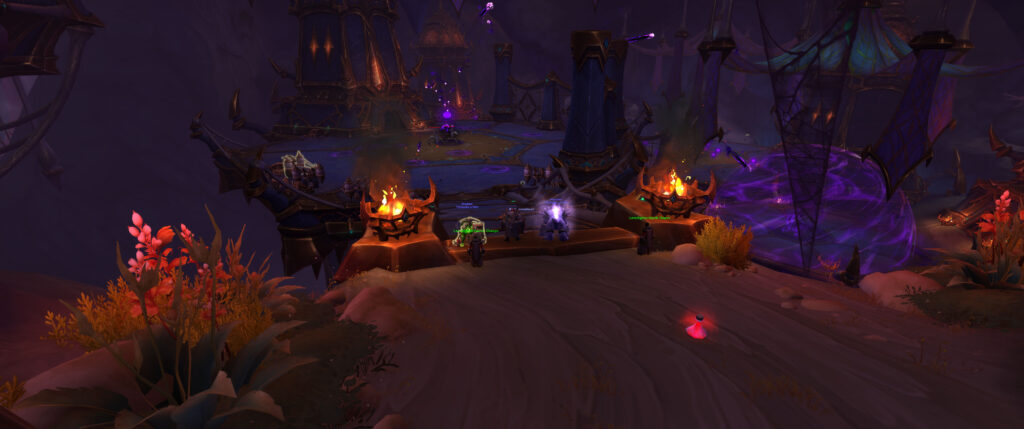
The difficulties with scaling and class balance that I’ve run into so far feel like the typical start of expansion woes. I am disappointed that the scaling is so wonky right now, and I am disappointed by how the BM Hunter currently feels, but this isn’t my first rodeo and I do think that things will be fixed. In the case of hunters, they haven’t really mechanically changed so it isn’t like they are going through a failed fundamental rework. However, they really do need a solution for solo threat generation on pets and that is not a new problem. On the core balance side, a mix of natural gear progression and ongoing balance patches will almost certainly smooth things out, and even at my current ilvl in the mid 570s it’s slowly improving. However, finding a natural balance point for things like Delves is not something I really think they are going to be able to pull off. Ultimately some classes are just going to be more suited to the high end of that content without some significant reworks to Brann as your AI helper.
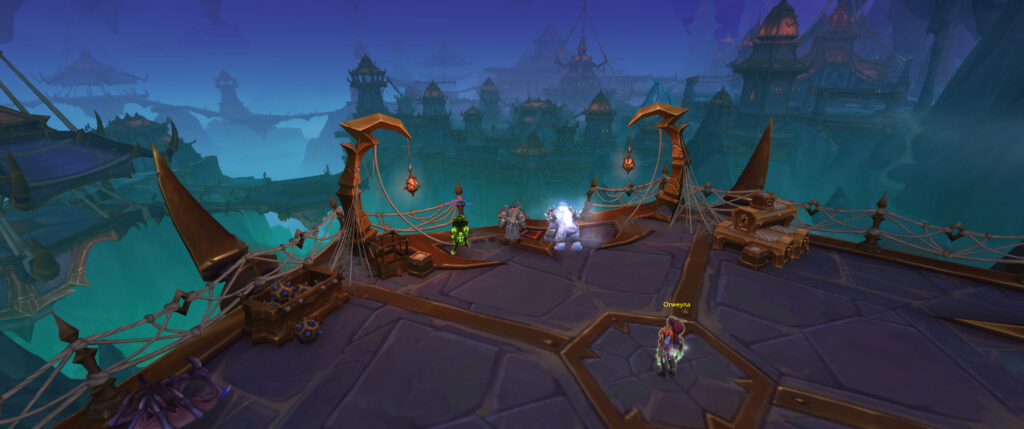
Overall it’s not a bad first week though. The game works, the main quest line was fun, the solo content shows a ton of promise, and I’m enjoying the lore so far. This is a brave new World of Warcraft where factions for maybe the first time really don’t exist as a core idea of the expansion, and to this point it’s feeling like a compelling situation where both Horde and Alliance will be working together for something bigger than the last 30 years of Warcraft fighting, and I’m hoping that Blizzard ends up delivering on that promise.

